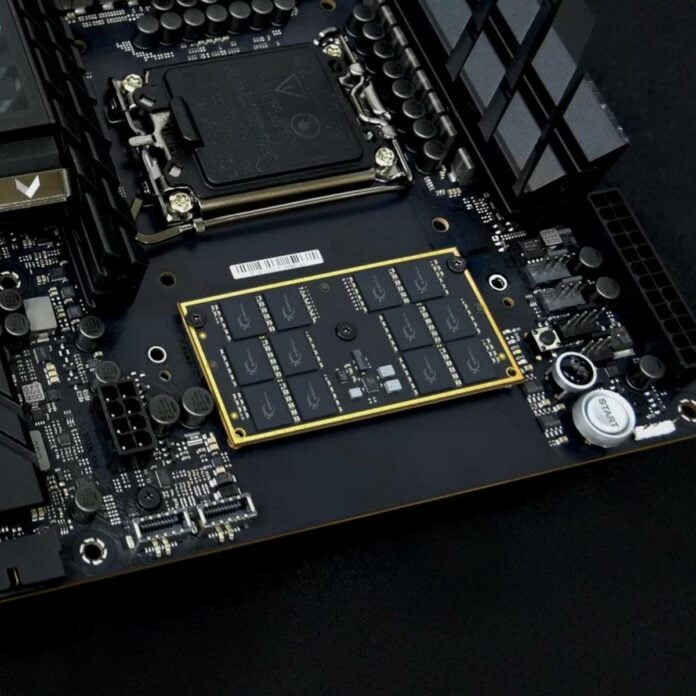DDR6 memory development is entering a new stage as motherboard and RAM module makers begin preparing upcoming solutions. The new memory standard is expected to debut platform testing next year, initially planned to offer up to 17,600MT/s speed.
According to industry estimates, DDR6 will enter large-scale introduction in 2027, starting at 8,800MT/s speed. This is nearly two times faster than DDR5’s JEDEC 4,8000MT/s starting point, coming closer to current high-end kits, which go up to 9,600MT/s. Once more, the new standard is set to reach double its initial speed, offering enthusiasts and professionals up to 17,600 MT/s.
To get an idea about this outstanding performance, DDR5 can’t cross 13,000MT/s despite using liquid nitrogen overclocking, while DDR6 is expected to run much faster 24/7. As always, given time to mature, DDR6 will likely go beyond the 17,600 MT/s mark, perhaps reaching 20,000MT/s before requiring strong cooling/overclocking.
Regarding platforms and designs, RAM module manufacturers are said to be planning both regular DIMM modules and the newer CAMM2 (Compression Attached Memory Module 2) format to cover all needs. These include major names such as Samsung, Micron, and SK hynix. JEDEC finalised the main draft of DDR6 back in 2024, so it’s about time.
That said, don’t expect to see DDR6 any time soon on mainstream platforms, as it will be first available to AI and compute datacentres. This is understandable since the initial price for DDR6 will undoubtedly be high, making it unappealing to home users. Besides, even if cost isn’t an issue, Intel and AMD have yet to release compatible platforms, which are expected in at least a couple of years.
Raw speed aside, DDR6 is also set to feature a new architecture, moving from DDR5’s 2×32-bit channel design to 4×24-bit. Furthermore, to achieve these advanced speeds, motherboards will require a new high-density/low-impedance design slot built for high-bandwidth operations. CAMM2 may be of help here thanks to its better pin-to-pad contacts.
DDR5 memory has just recently celebrated its fifth anniversary, and it took at least half that to overtake DDR4, becoming the go-to solution. DDR6 will likely follow the same pattern, with consumer adoption gaining traction a couple of years after release. Assuming platforms such as AMD’s Zen 7 are compatible, we will likely see DDR6 on desktops sometime in early 2028. Until then, DDR5 will have to do.


